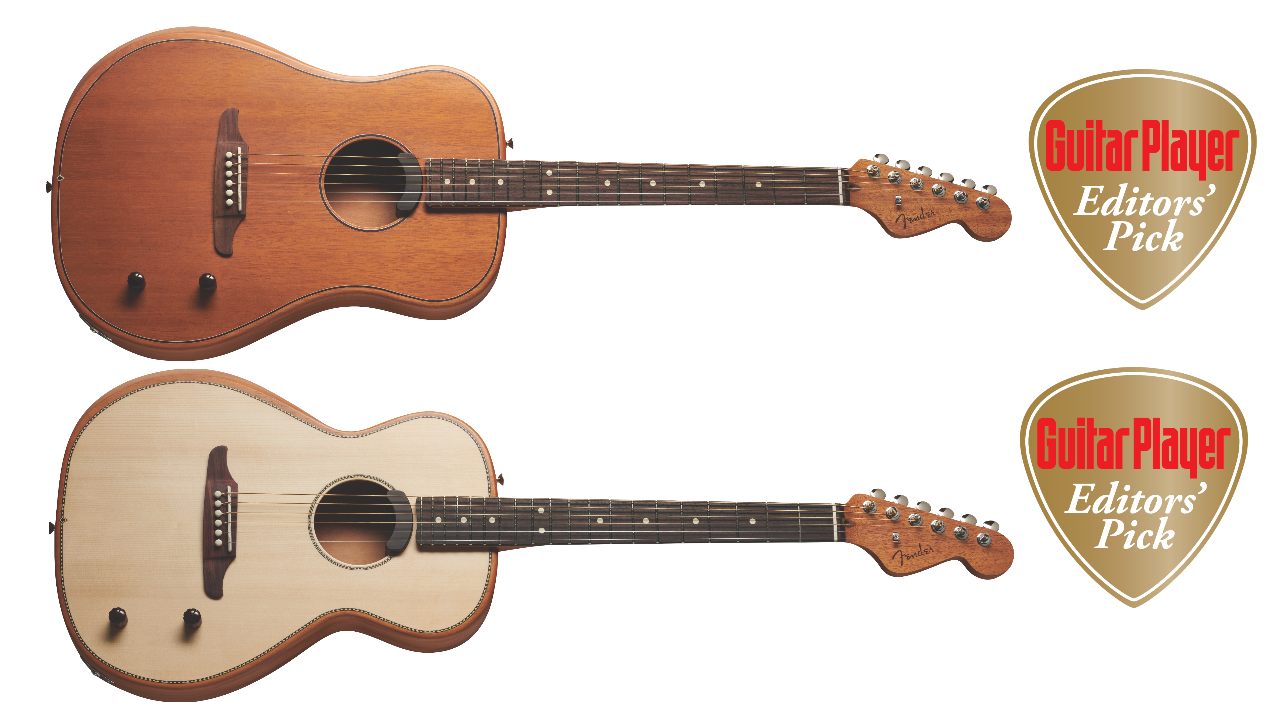GuitarPlayer Verdict
For continuing to break new ground while maintaining mass appeal and attainability, both the Dreadnought and Parlor each earn an Editors’ Pick Award
Pros
- +
[Both] Fabulous analog amplified acoustic tone without fear of feedback. Ergonomic, excellent playability, attractive and attainable
Cons
- -
(Dreadnought only) The all-mahogany body is rather plain looking
You can trust Guitar Player.
Fender is going all in on hybrid guitars, and the company’s new Highway Series additions are designed to bring more of the masses to the hybrid table. The Highway Series is clearly aimed at players who are hybrid curious but want something more along the lines of a traditional acoustic than Fender’s groundbreaking, yet polarizing, Acoustasonic Series.
Highway Series guitars are thinline acoustics featuring a specially designed Fishman Fluence Acoustic magnetic soundhole pickup. They promise electric playability with acoustic tone via a more straightforward and streamlined system than the DSP-driven Acoustasonic, at a nicer price point and with a more conventional aesthetic.
The Highway Series consists of two models, Parlor and Dreadnought, each available in mahogany or mahogany with a solid Sitka spruce top. Our review units were an all-mahogany Dreadnought and a spruce-topped Parlor.
All Highway Series guitars have the iconic Fender six-in-line headstock design, and a more traditional look from the neck down. A Fishman Fluence Acoustic pickup is stealthily tucked up near the top of the neck, with a curve that follows the lip of the soundhole. The volume and tone knobs are the only other obvious indication of a hybrid design.
To my eyes, the all-mahogany Dreadnought appeared almost too plain, while the natural spruce top with checkered rosette and top binding brightened up and nicely highlighted the Parlor.
Interestingly, there’s no indication of the Highway Series or a model designation anywhere. The headstock simply has the Fender logo etched into the wood. A plaque on the back indicates an origin of Ensenada, Mexico. Craftsmanship on both guitars was smooth and blemish free, which is especially impressive given the price of about a grand.
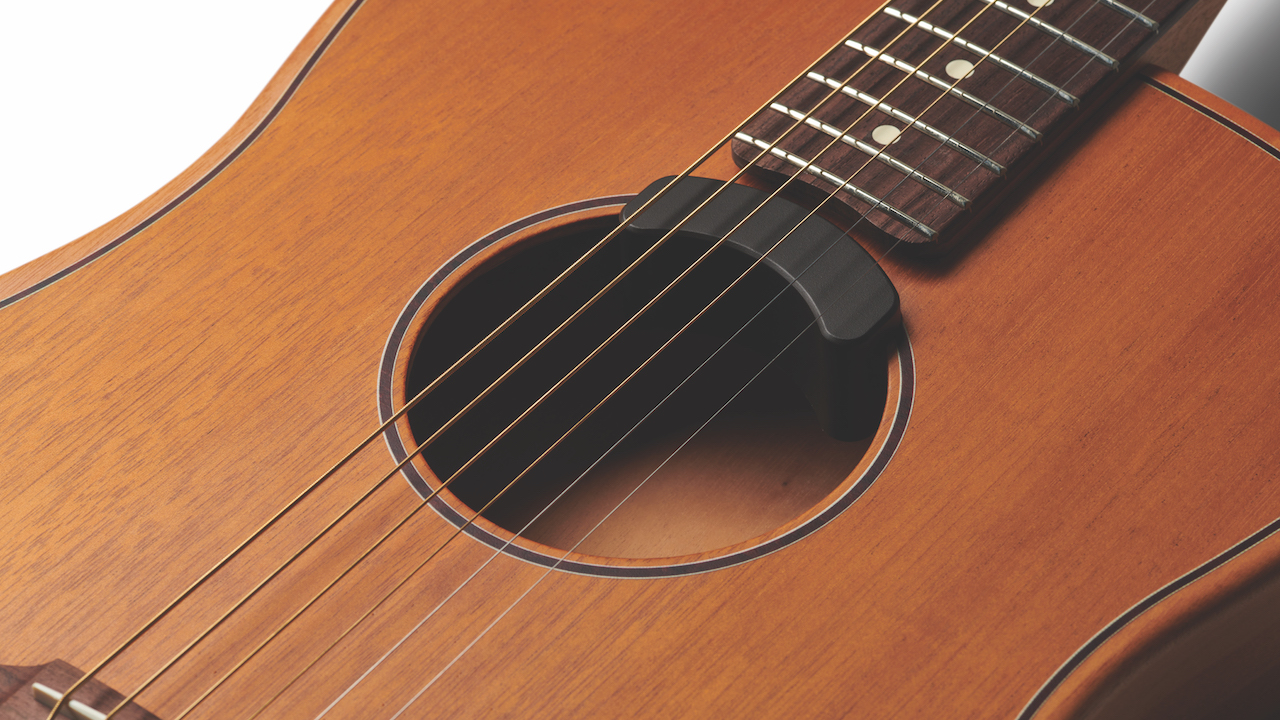
Both instruments feel comfortable, with beveled arm rests and contoured backs. The fully chambered bodies measure a mere 2.25 inches deep, just slightly thicker than a typical solidbody Strat. For that matter, the bolt-on C-shaped neck measures a mere 1.69 inches wide at the nut and feels more like an electric, even if the frets are narrower and taller than the jumbo frets often found on a Strat.
All the latest guitar news, interviews, lessons, reviews, deals and more, direct to your inbox!
The Parlor and the Dreadnought are lightweight and ergonomic, and that’s especially awesome when playing standing up.
Getting the slightly lower action I prefer was easily achieved with a quick turn of the truss rod via the included hex wrench. The extra-light phosphor-bronze strings deliver an acoustic feel to the otherwise electric-like situation. Fender nailed the best-of-both-worlds target on both instruments.
The playability is wonderfully easy, yet still authentically acoustic enough to feel appropriate for fingerpicking as well as plectrum playing. True to their body styles, the Dreadnought is a natural strummer, while the Parlor is more organically suited to fingerpicking.
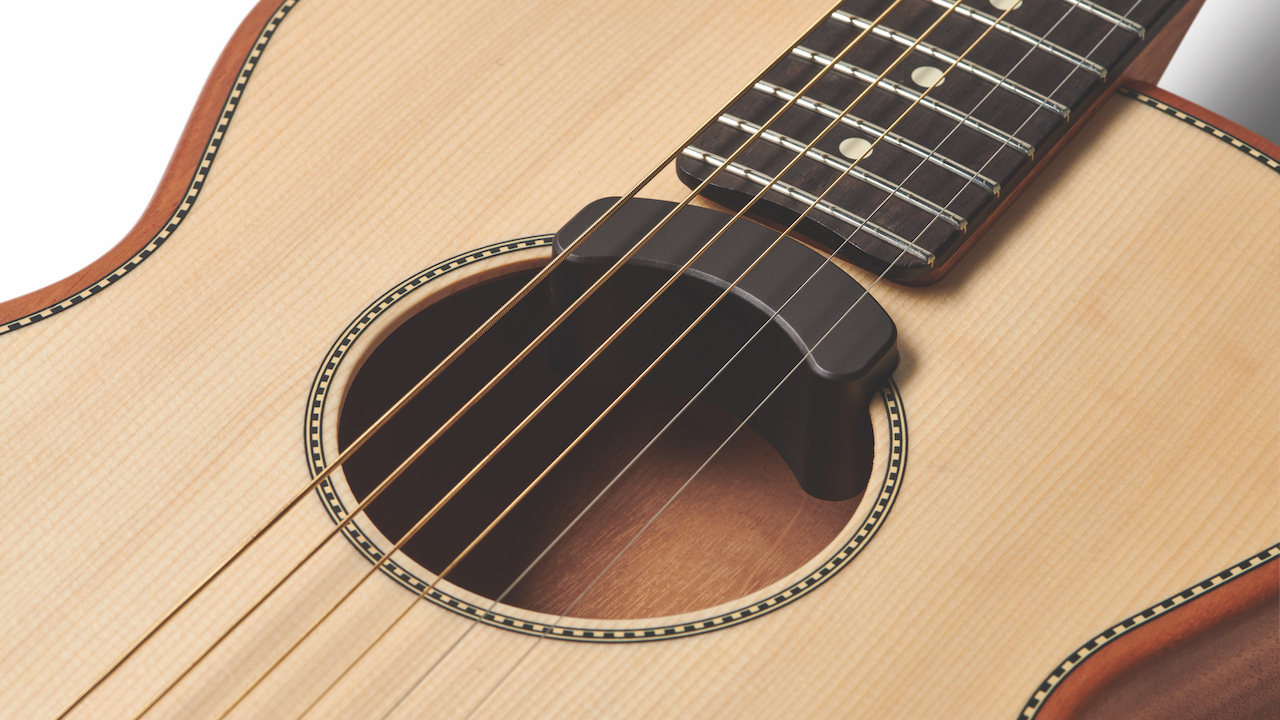
The Highway Series exists in its own lane sonically. These guitars aren’t going to win any campfire competitions, but they do deliver enough acoustic oomph to work well in a van, a hotel room or backstage, and they are significantly more full and natural sounding than an Acoustasonic.
Both feature a tapered floating X bracing pattern that seems to bring out plenty of top resonance. Obviously, the Dreadnought, with its bigger body, delivers more boom than the Parlor, and in the case of our review units, the mahogany top on the Dreadnought gave it a balmier wooden quality, while the spruce-top Parlor had more articulation.
Primarily designed to be plugged in, both guitars came into their own when coupled with amplification. They sounded remarkably large even when run through the 100-watt Fender Acoustic Junior GO, with its eight-inch woofer, and then went up to a whole other level when run through the Acoustasonic setting on the new Tone Master Pro coupled with the 1,000-watt Fender FR-12 powered 1x12 cabinet. Talk about a huge acoustic stage sound! I was able to crank up with zero feedback.
Fishman designed the Fluence Acoustic pickup specifically to give the Fender Highway Series a uniquely natural acoustic-electric signal, and they hit the bull’s-eye. These magnetic pickups have none of the quackiness associated with traditional piezo undersaddle pickups, and they don’t suffer from the somewhat dull, midrange focus associated with most magnetic soundhole designs.
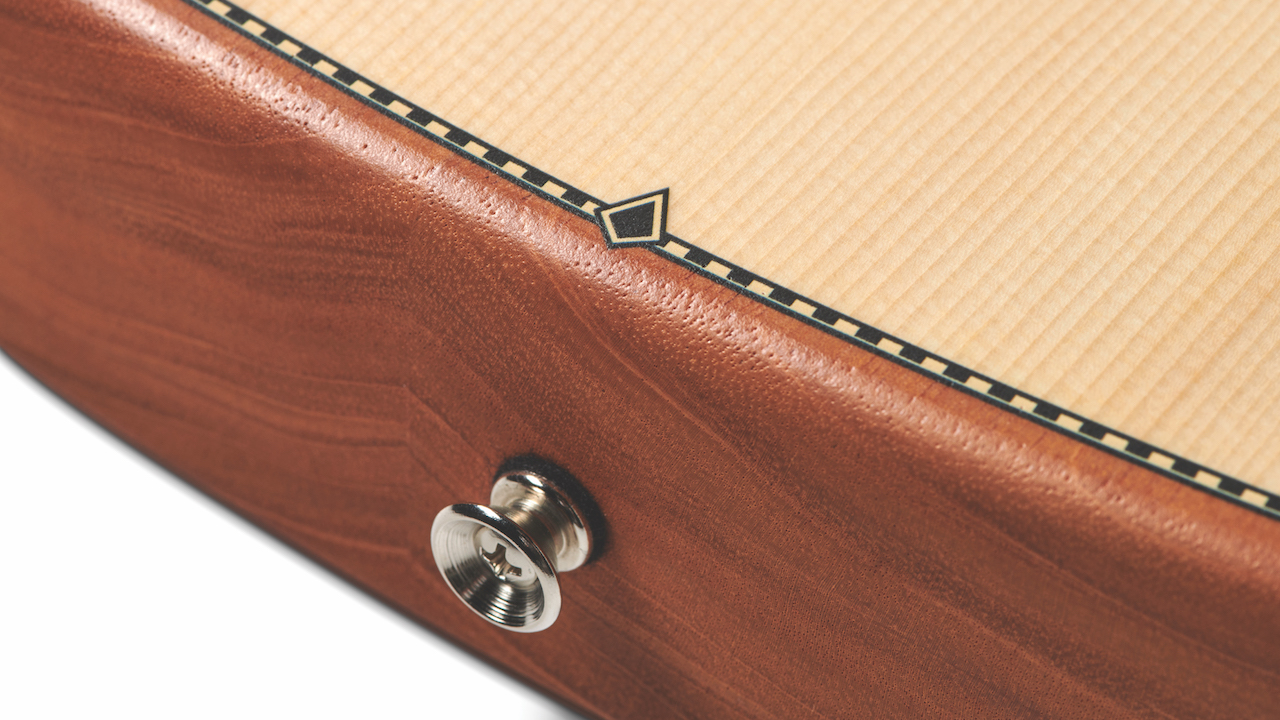
The tone is beefy in the bottom and balanced in the middle, with a nice top-end sparkle. The curved pickup is located up near the top of the neck, so the sound certainly has the throatiness of a neck pickup.
If you feel the tone has too much junk in the trunk, you can roll it back via the contour knob from the full-boded sound of Voice 1 to the tighter, more mid- and top-focused Voice 2, for more clarity and articulation that sits better in a band mix.
The only thing I found missing was a strong sense of percussiveness from the top, the kind that the middle position on the Acoustasonic Series delivers in spades. It would be cool if Fender and Fishman could incorporate that into future designs, and I’ll bet they will.
The bottom line is that the Highway Series is an excellent crossover option for players who want a killer acoustic stage sound from an instrument with the comfort and playability of an electric guitar.
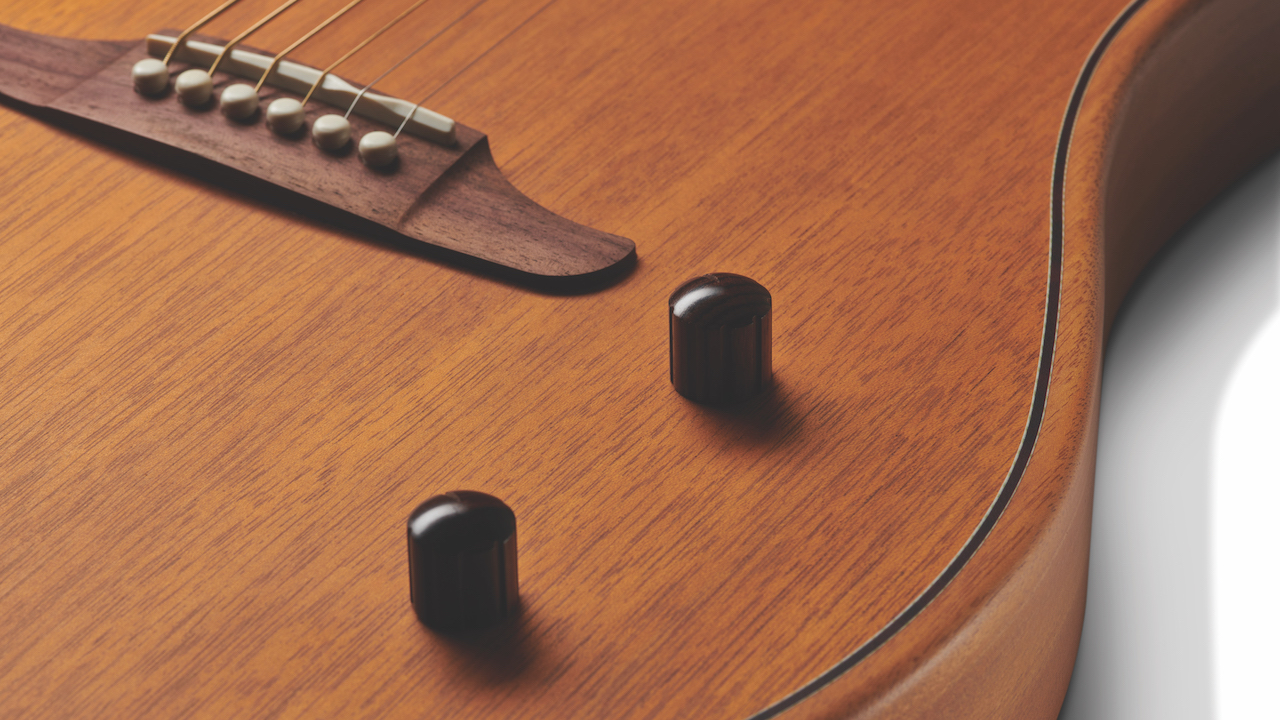
The aesthetic is still traditional enough that most onlookers wouldn’t think to look twice, yet it has enough of a modern hybrid vibe that folks who have any musical sense will likely do a double take.
Whether you choose the Dreadnought or Parlor is a matter of personal preference. Whichever you select, both instruments deliver excellent playability and tone.
You’re not supposed to be able to conjure an authentic acoustic sound from such thin bodies, but Fender and Fishman have found an analog way forward, free from the worries of digital component durability.
For continuing to break new ground while maintaining mass appeal and attainability, both Highway Series guitars earn an Editors’ Pick Award.
Specifications (Dreadnought)
- NUT WIDTH 1.69”, Tush
- NECK Mahogany, 12” radius
- FRETBOARD Indian rosewood, 25.5” scale
- FRETS 20, narrow tall
- TUNERS Fender ClassicGear
- BODY Thinline tapered dreadnought. Chambered mahogany back and sides with beveled arm rest and contoured back. Mahogany top with polyester satin-matte finish BRIDGE Rosewood with Tusq saddle
- ELECTRONICS Fishman Fluence Acoustic active magnetic soundhole pickup system with top-mounted volume and Contour controls. Runs on 9-volt battery
- FACTORY STRINGS Fender Dura-Tone 860CL coated phosphor bronze gauges .011–.052
- WEIGHT 5.5 lbs (as tested)
- BUILT Mexico
Specifications (Parlor)
- NUT WIDTH 1.69”, Tusq
- NECK Mahogany, 12” radius
- FRETBOARD Indian rosewood, 24.75” scale
- FRETS 20, narrow tall
- TUNERS Fender ClassicGear
- BODY Thinline tapered parlor. Chambered mahogany back and sides with beveled arm rest and contoured back. Solid Sitka spruce top with polyester satin-matte finish
- BRIDGE Rosewood with Tusq saddle
- ELECTRONICS Fishman Fluence Acoustic active magnetic soundhole pickup system with top-mounted volume and Contour controls. Runs on 9-volt battery
- FACTORY STRINGS Fender Dura-Tone 860CL coated phosphor bronze gauges .011–.052
- WEIGHT 5.4 lbs (as tested)
- BUILT Mexico
For more information visit Fender
Jimmy Leslie is the former editor of Gig magazine and has more than 20 years of experience writing stories and coordinating GP Presents events for Guitar Player including the past decade acting as Frets acoustic editor. He’s worked with myriad guitar greats spanning generations and styles including Carlos Santana, Jack White, Samantha Fish, Leo Kottke, Tommy Emmanuel, Kaki King and Julian Lage. Jimmy has a side hustle serving as soundtrack sensei at the cruising lifestyle publication Latitudes and Attitudes. See Leslie’s many Guitar Player- and Frets-related videos on his YouTube channel, dig his Allman Brothers tribute at allmondbrothers.com, and check out his acoustic/electric modern classic rock artistry at at spirithustler.com. Visit the hub of his many adventures at jimmyleslie.com
